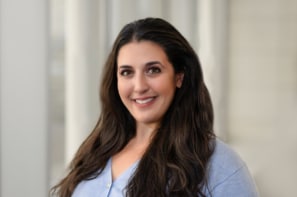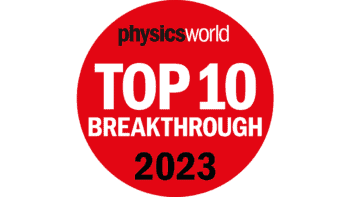
Almost 60 societies in science, technology, engineering, mathematics and medicine (STEMM) have formed a consortium to tackle sexual harassment. Announced at the annual meeting of the American Association for the Advancement of Sciences (AAAS), in Washington, DC, the consortium has begun to collect model policies, law guidance as well as tools to prevent and respond to sexual and gender harassment in STEMM.
The importance of the consortium is that they can fill in where academic institutions cannot, by setting professional standards and raising the bar
Vicki Magley
The initial idea for a consortium was initiated in 2016 when the AAAS and the American Geophysical Union (AGU) recognized the need to tackle sexual harassment in STEMM. There then followed a report published in June 2018 by the National Academies of Sciences, Engineering, and Medicine (NASEM), which noted that current efforts to tackle sexual harassment in the sciences at US universities are failing and need urgent reform. The new consortium will be project managed by EducationCounsel, an education-consulting firm. Jamie Lewis Keith, a partner at EducationCounsel, notes that the consortium could also include international members or affiliations.
“A lot of STEMM disciplines are very male dominated, and we know from research that sexual harassment is more likely to occur in a male dominated context,” says psychologist Vicki Magley from the University of Connecticut, who sat on the NASEM report’s committee and is working with the consortium. “The importance of the consortium is that they can fill in where academic institutions cannot, by setting professional standards and raising the bar.”
Common principles
The hope is for societies and institutions to create a set of common principles and offer their experiences and resources to other members of the consortium, for example, the AGU already has the Ethics and Equity Resource Center that will be available to other STEMM societies. The AAAS, meanwhile, hosts SEA Change which is a voluntary certification, metrics and self-assessment voluntary programme for “barrier removal for women, blacks, Hispanics, Native Americans, and people with disabilities, as well as others who are marginalized”. Shirley Malcom, AAAS senior advisor and director of SEA Change, says that many of the consortium members are working to become SEA Change providers. Urgent reform needed to tackle sexual misconduct in science
Beth Cunningham, executive officer of the American Association of Physics Teachers (AAPT), says she filed her organization’s consortium membership two days before the public launch. Joining the consortium will make sure the AAPT’s meetings are “inclusive and a welcoming space and safe” and help the association apply it to its members’ work environments. Cunningham adds that joining the consortium “shows our support for making science a safe space”, which is vital for her as too many women in physics have experienced harassment. “We have persisted, but it shouldn’t be that way,” says Cunningham.



